AI in Radiology: Error and Risk Management for Safer Diagnosis
Imaging diagnosis holds a critical place in modern healthcare services. However, every imaging study carries the risk of encountering technical errors, interpretation differences, or software-related problems. Such risks can lead to increased error rates, delayed treatment, and reduced patient safety. At this juncture, Artificial Intelligence (AI) technologies stand out as a new hope for error and risk management in radiology.

A Brief History of Artificial Intelligence and its Current Role
The foundations of artificial intelligence were laid in the 1950s and 1960s; algorithms from that era were based on fundamental logic and decision trees. However, their applications remained limited due to restricted processing power and a lack of data. Today, with the rapid increase in processing power and data storage capacity, AI algorithms can be trained on large datasets, recognize complex patterns, and provide support to humans in clinical processes. In radiology and other healthcare fields, AI works alongside human expertise to offer faster, more accurate, and safer diagnostic processes.
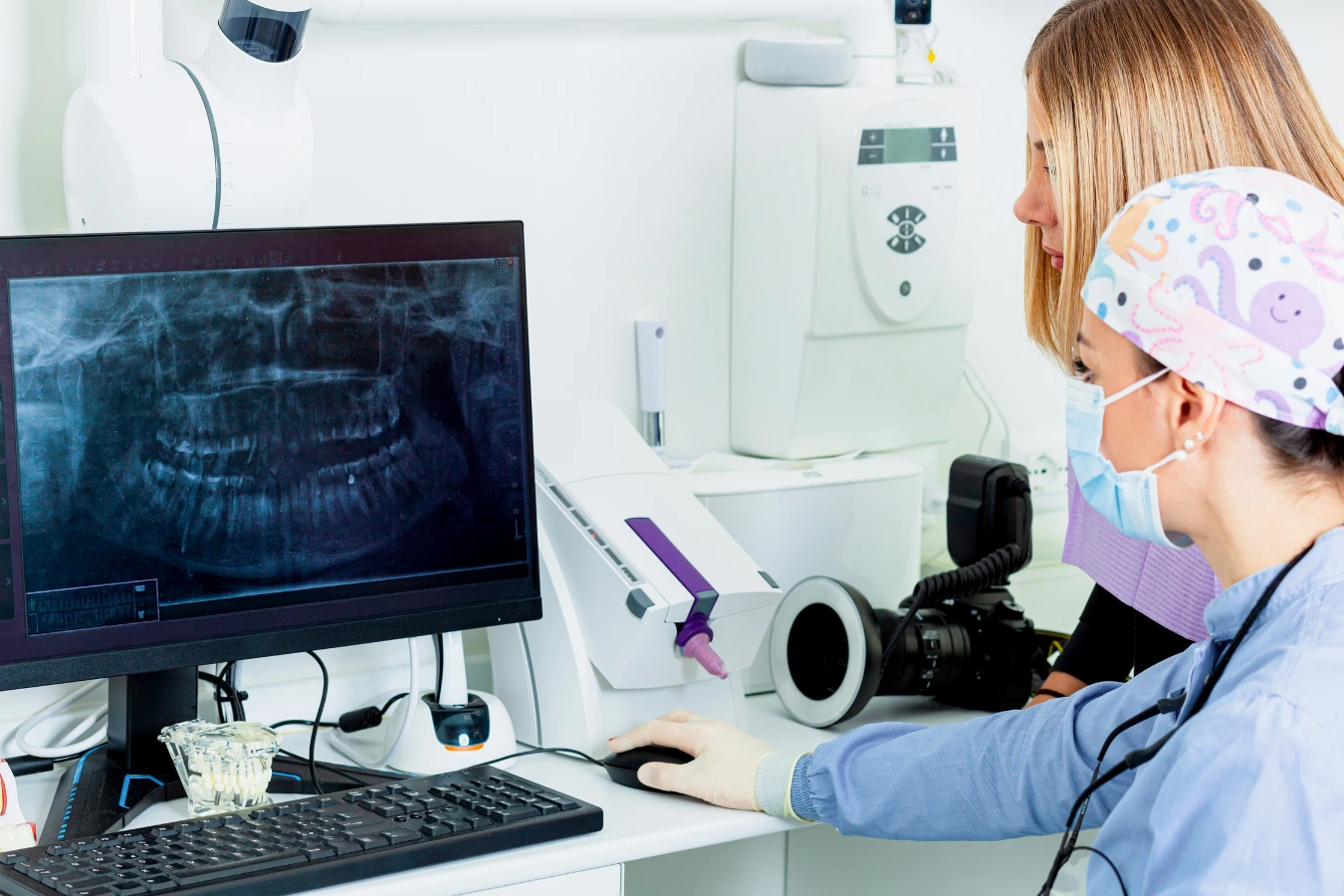
Errors and Risks in Radiology
- Technical Errors: Diagnostic errors can occur due to factors such as low image quality, incorrect device settings, or improper positioning.
- Human-Related Errors: Factors such as physician fatigue, decreased attention from reviewing a large number of images, or subjective differences in interpretation can contribute to errors.
- Communication-Related Errors: Lack of communication within the team, ambiguities in reporting, or incorrect data transfer can delay the treatment process.
These errors can lead to misdiagnosis, unnecessary treatment, or delayed intervention, posing serious risks to patient safety.
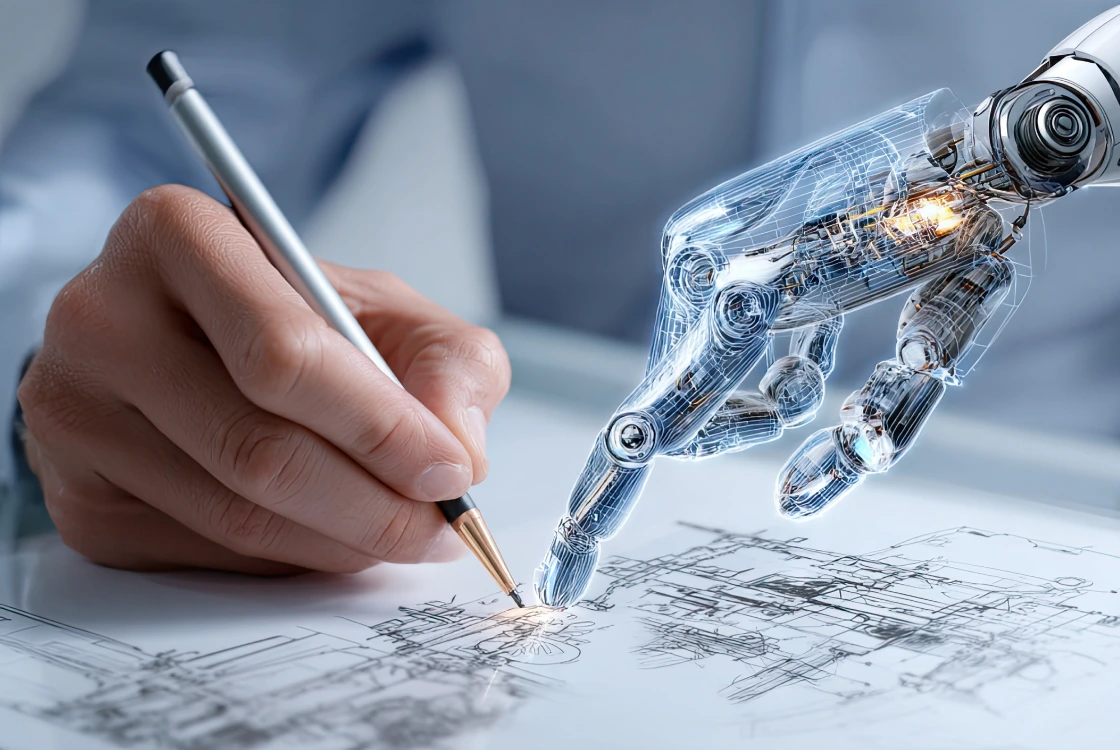
How Does Artificial Intelligence Help?
The benefits offered by AI technologies in radiology error and risk management are considerable:
- Fast and Standardized Analysis: AI can analyze images quickly using standardized criteria, detecting findings that might be missed by the human eye.
For example, a systematic review reported that AI-assisted radiology applications significantly reduce error rates. PubMed Additionally, in a multi-center study on ultrasound imaging, radiologists’ workload was reduced by approximately 54.5%, and specificity improved from 0.698 to 0.787. Nature Moreover, in reporting processes assisted by a generative AI model, document preparation time decreased by around 15.5%, while clinical accuracy remained unchanged. JAMA Network
- AI systems alleviate repetitive and routine workload, allowing the physician to dedicate their time to critical findings.
- AI contributes to the standardization process: There can be variability in human interpretation; AI has the potential to perform evaluations with the same criteria for every image.
- It can also be used as a training and decision support tool: Increased sensitivity has been observed with AI-supported systems in less experienced physicians. (SpringerLink)
Expert Opinions
- Prof. Dr. Jane Smith (Harvard Medical School): “AI significantly reduces errors in radiological diagnoses; however, the final decision must still rest with the human expert.”
- Dr. Mark Johnson (Radiology Today): “AI alleviates repetitive workloads while standardizing clinical processes and serves as a valuable tool for training.”
AI-Supported Risk Management Strategies
It is important to view AI systems not just as an “extra tool,” but as part of systematic risk management strategies. Prominent strategies include:
- Quality Control and Error Detection: AI can assess image quality post-acquisition, flag signs of technical errors, and suggest the necessity of a repeat scan, thereby reducing the risk of error.
- Priority Alerts and Task Prioritization: For instance, images containing critical findings can be prioritized by AI, allowing physicians to focus on cases requiring rapid intervention in a timely manner.
- Human-AI Collaboration: AI should function as an assistant; the final decision must still belong to the specialist physician. This is because algorithms have limitations such as being a “black box” and having problems adapting to changing conditions. (PubMed)
- Continuous Training and Monitoring: AI models can lose performance under changing data conditions; therefore, monitoring model versions, evaluating physician-AI interaction, and establishing feedback mechanisms are necessary.

Future Perspective
The role of AI in radiology is still evolving. Some important points for the future are:
- AI and physician collaboration will become more widespread; the “physician + AI” model will stand out instead of the “physician instead of AI” idea. (OUP Academic)
- Algorithms trained with broader, diverse datasets and validated in real clinical environments will become widespread.
- Ethical, legal, and regulatory frameworks will guide the safe and responsible use of these technologies. Algorithmic bias, transparency, and accountability are gaining particular importance. (MDPI)
Conclusion
Error and risk management in radiology is a critical issue for both patient safety and diagnostic quality. Artificial intelligence can be a powerful support tool in this area — offering advantages such as rapid analysis, standardized evaluation, and training support. However, we must not forget that AI is not limitless, algorithms can make mistakes, and user institutions must implement this technology integrated with human expertise. In conclusion, artificial intelligence is a tool toward safer and more effective diagnostic processes in radiology; but the smart, responsible, and careful use of this tool is crucial.
Make your imaging processes safer and faster, contact us today.
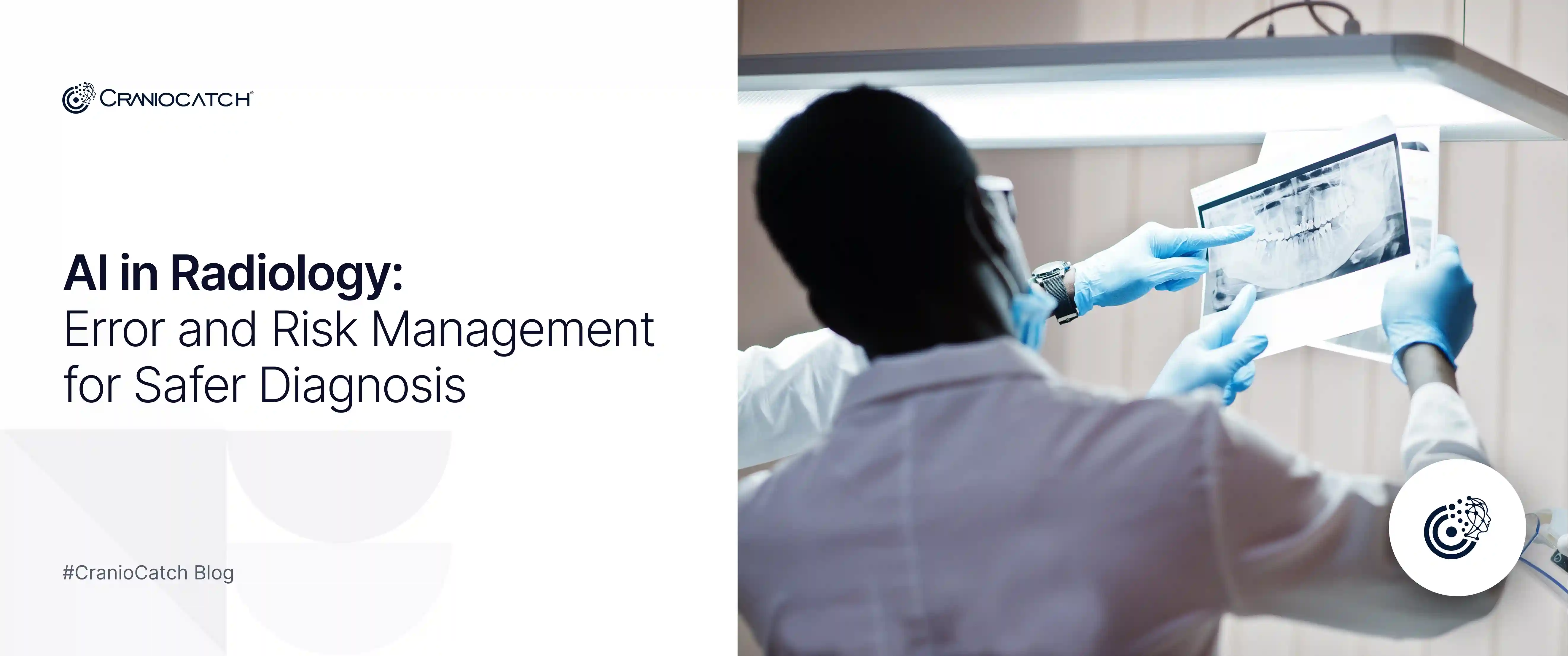
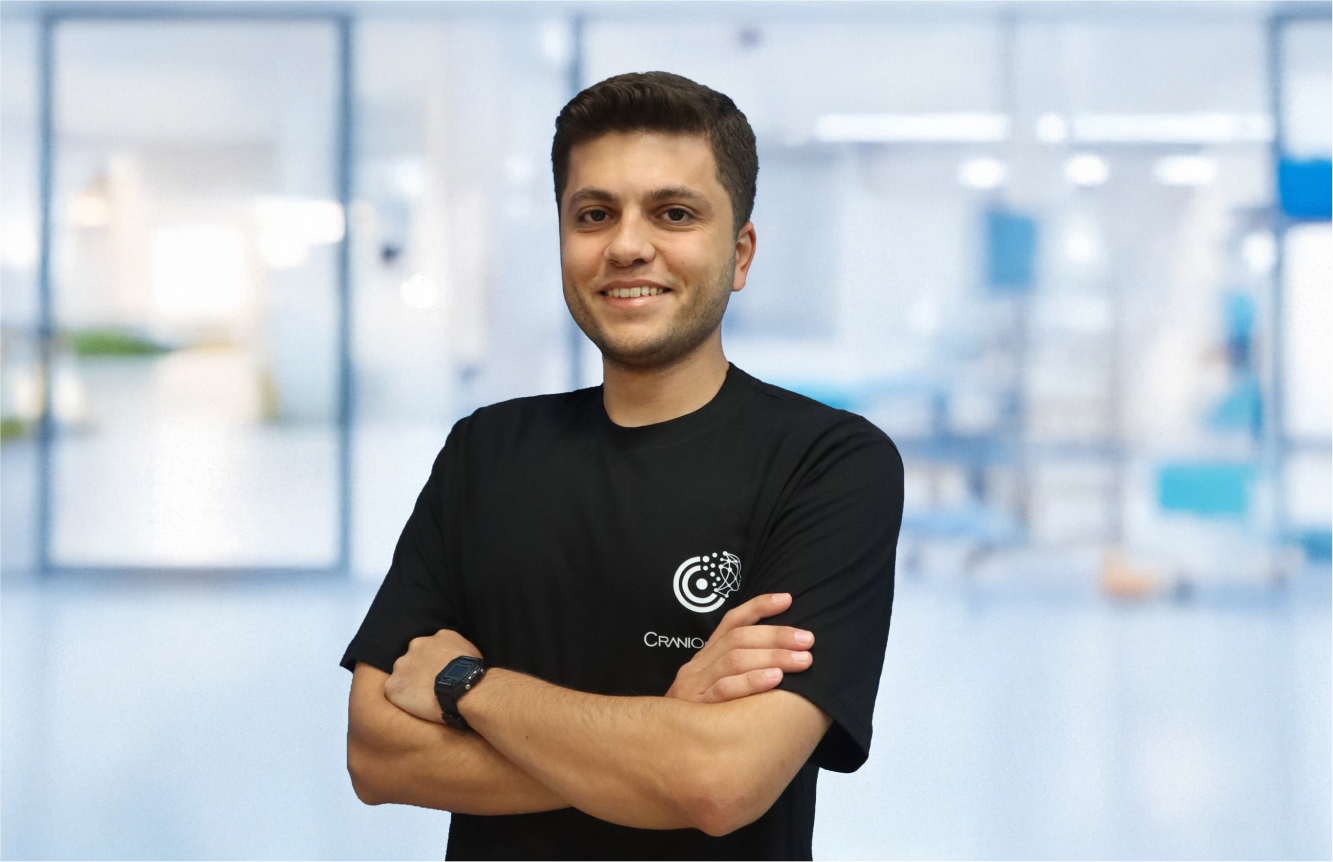
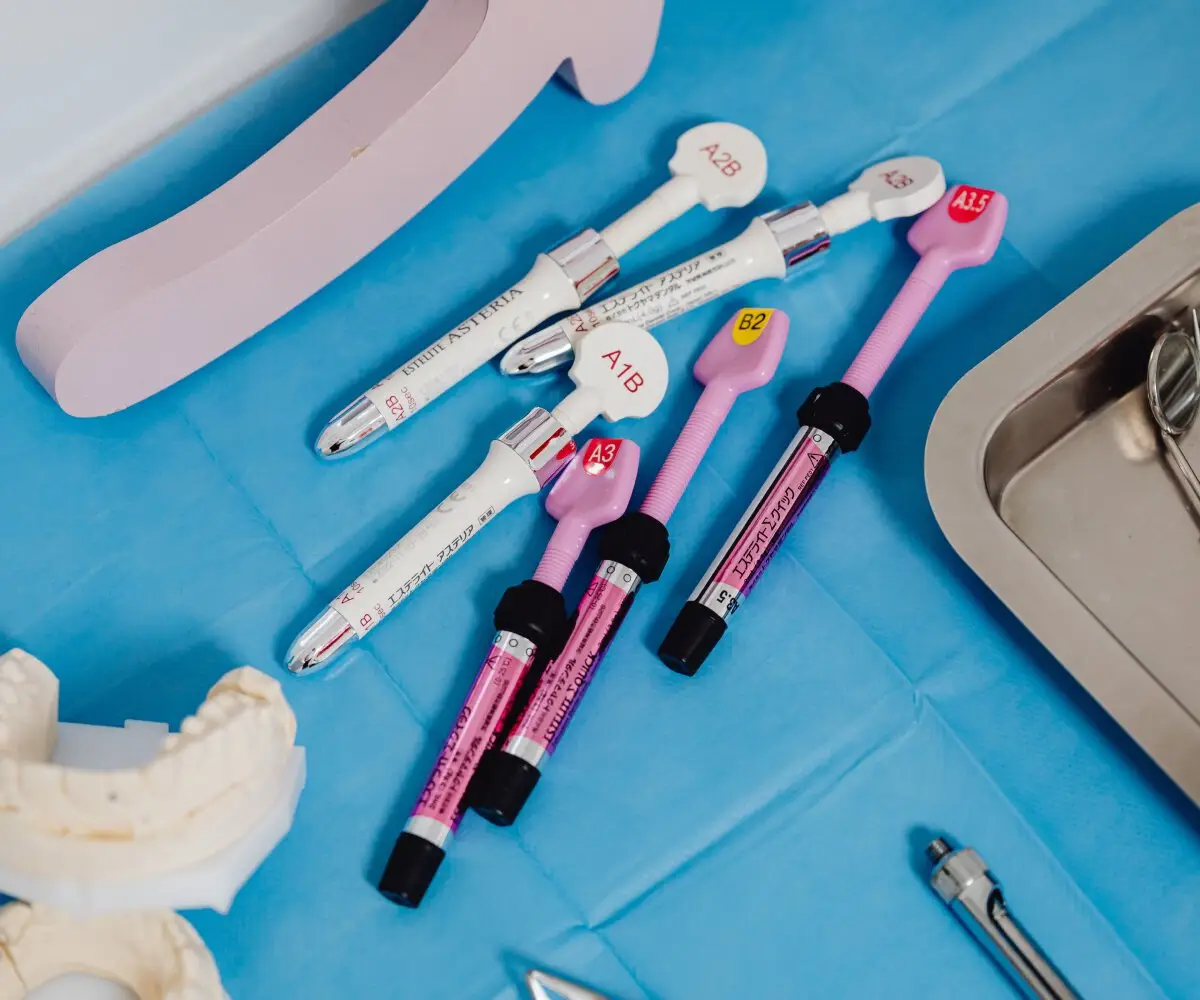


 Contact Us
Contact Us

